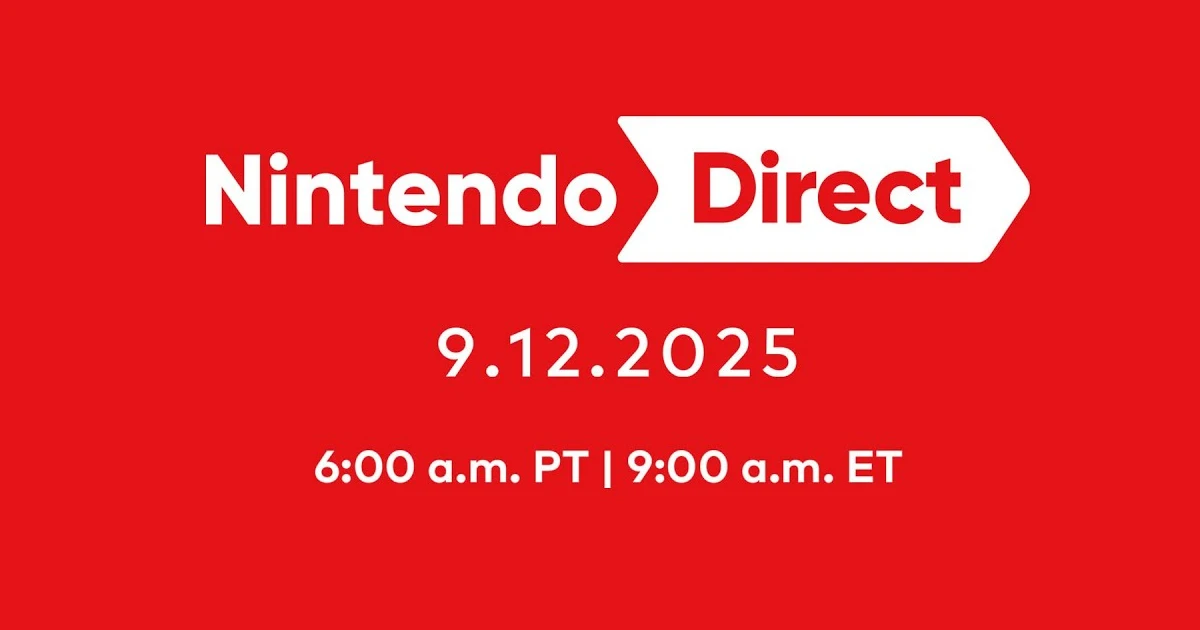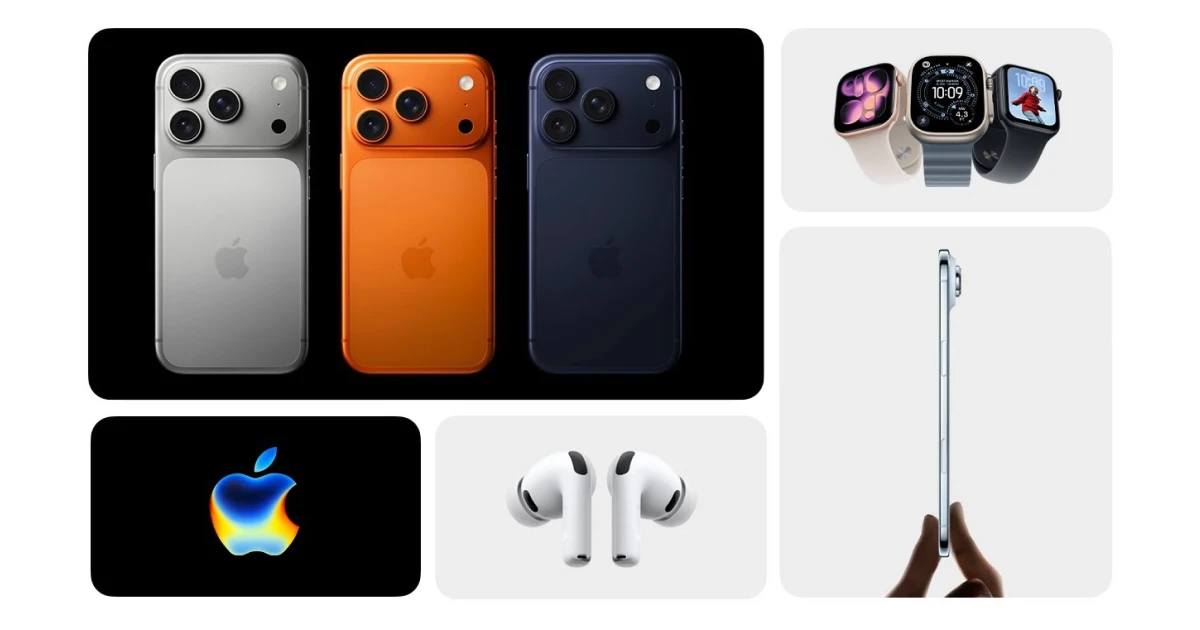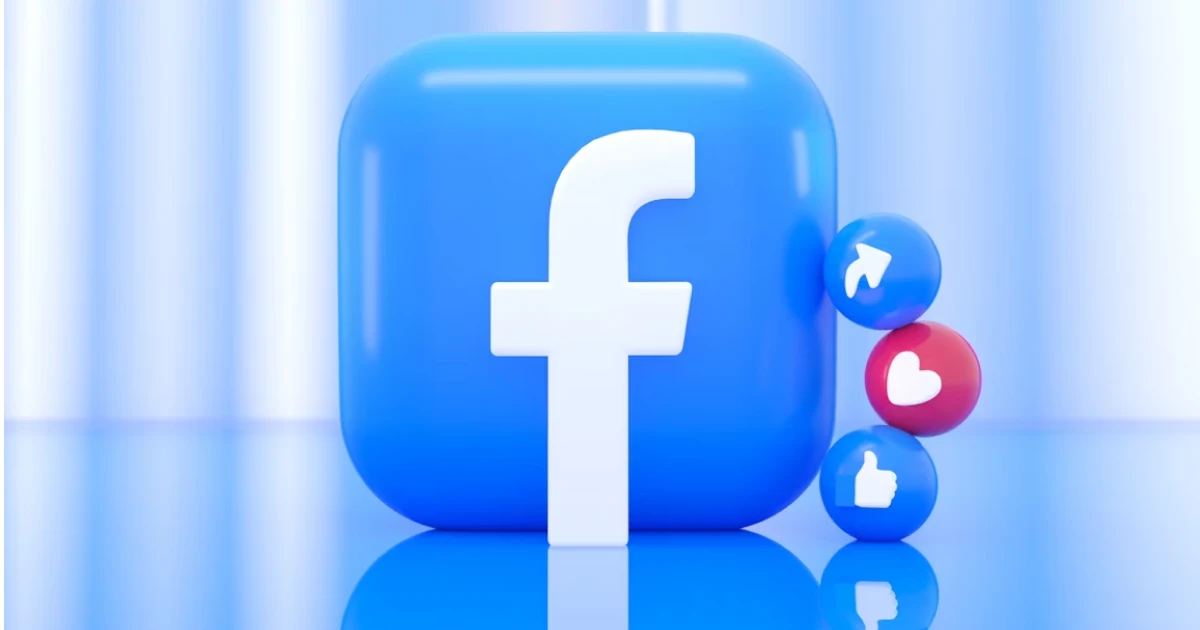More so, the new order with Taiwan’s TSMC would add to the existing inventory of 600,000 to 700,00 H2O chips, as the sources who did not have permission to talk about this matter to the media reported.
For a better understanding, think about it as Nvidia sold around 1 million H2O chips in 2024, according to the US research firm SemiAnalysis.
Nvidia CEO Jensen Huang reported during one of his trips to Beijing this month that the level of H2O orders it received would determine whether production would begin again, adding that any restart to the supply chain would take nine months.
The information reported after Huang’s trip is that Nvidia has reported to its customers that it had limited H2O stocks available, and it had no immediate plans to restart wafer production for the GPU.
Nvidia needs to obtain an export license from the US government in order to ship the H2O chips. In mid-July, it had been assured by authorities that it would get them soon. The US Department of Commerce has yet to approve those licenses, one of the sources and a third source said.
On Monday, Nvidia declined to comment on the new orders regarding the status of its license applications. TSMC declined to comment. The US Commerce Department did not immediately respond to the request for comment.
Nvidia has asked Chinese companies that are interested in purchasing Nvidia H2O chips to submit new documentation, including order volume forecasts from clients, reported one of the sources and a fourth source.
The Trump administration said the resumption of H2O sales was part of the negotiations with China over rare earth magnets, elements that are essential for many industries and which Beijing had limited exports of as trade war tensions had grown in the past.
This drew bipartisan condemnation from US legislators, who are now worried that giving China access to the H2O will impede US efforts to maintain its lead in AI tech.
Yet, Nvidia and other companies argue that it is important to retain Chinese interest in its chips, which work with Nvidia’s software tools, so that developers do not completely switch over to offerings from rival companies such as Huawei.




.webp)










